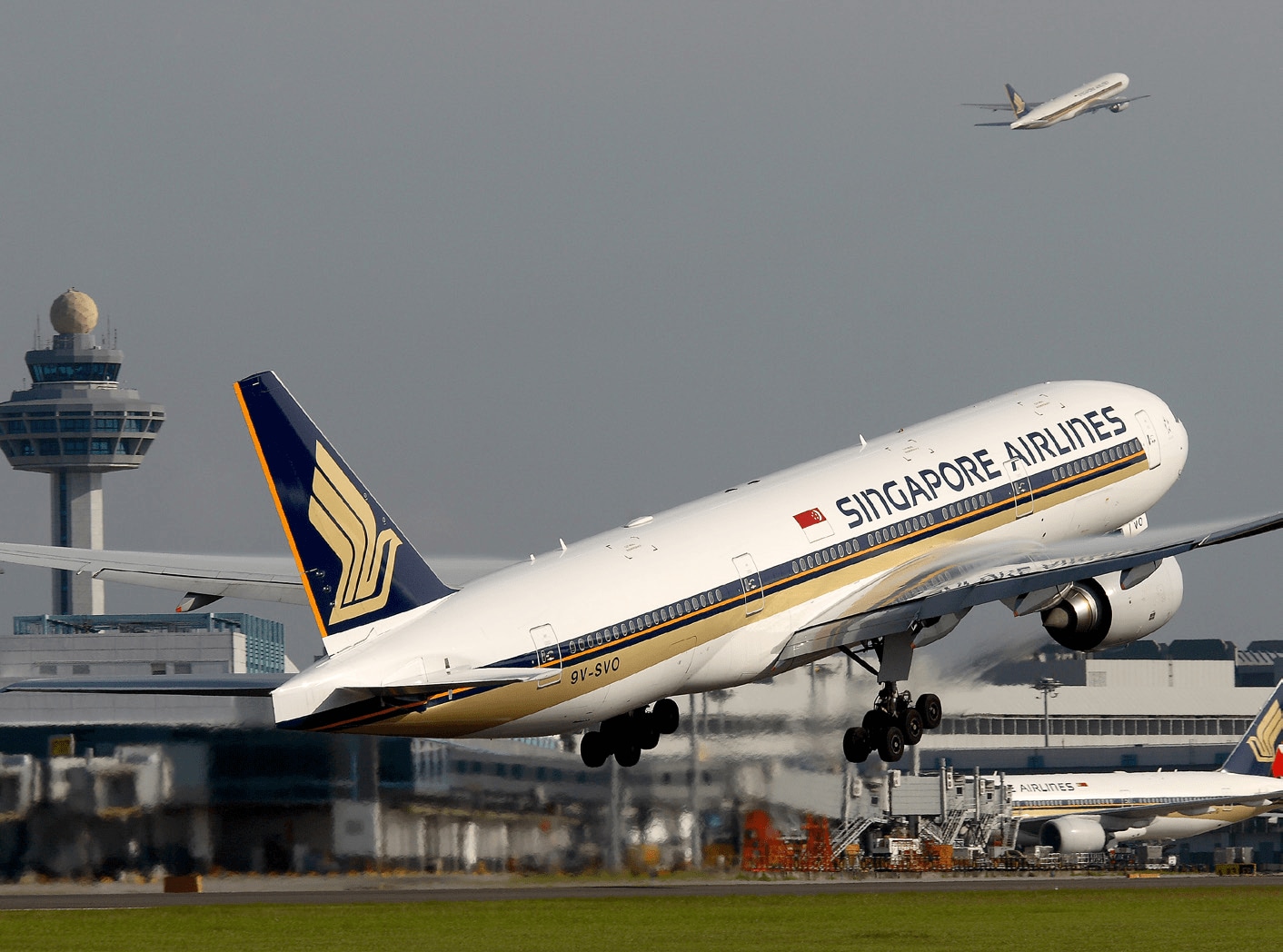
Thinking Big
Singapore’s Changi airport was the gateway to Europe for generations of Australian air travellers, the vital connecting link along the traditional Kangaroo Route… until the Gulf juggernauts began sucking away its long-haul traffic. Today, the hub is planning for the future with significant expansion plans. Some think it may be going too far.
Major airports across Asia face ongoing criticism that their growth plans lag behind forecast demand and serious congestion issues continue to dog the region’s air traffic system. But there is, and always has been, one standout hub. Over the years, Singapore’s Changi (SIN) has stayed ahead of the game with new terminals and increased capacity. Now, questions are being raised whether it is getting ahead of itself.
The reason is simple. Last year, Singapore saw 54 million passengers, still well below the 66 million it is designed to handle. With a fourth terminal (T4) scheduled to open next year and a fifth (T5) by 2025 Changi’s capacity would reach 135 million. On the surface, that sounds like prudent planning. But if traffic grows at the average experienced over the past ten years, at just 5. 5 per cent annually, that sort of capacity won’t be required until around 2032. And even 5. 5 per cent is not guaranteed. Passenger bookings for travel to and from Singapore grew by a modest 2. 7 per cent last year. At that rate the new infrastructure would not fill until close to 2050, although, in a sign of these volatile economic times, the first two months of this year did see bookings grow by 9. 6 per cent, growth that would see the airport reach capacity by 2025. It is, however, unlikely that level will be sustained.
This content is available exclusively to Australian Aviation members.
Subscribe to Australian Aviation for unlimited access to exclusive content and past magazines.A monthly membership is only $5.99 or save with our annual plans.
- Australian Aviation quarterly print & digital magazines
- Access to In Focus reports every month on our website
- Unlimited access to all Australian Aviation digital content
- Access to the Australian Aviation app
- Australian Aviation quarterly print & digital magazines
- Access to In Focus reports every month on our website
- Access to our Behind the Lens photo galleries and other exclusive content
- Daily news updates via our email bulletin
- Unlimited access to all Australian Aviation digital content
- Access to the Australian Aviation app
- Australian Aviation quarterly print & digital magazines
- Access to In Focus reports every month on our website
- Access to our Behind the Lens photo galleries and other exclusive content
- Daily news updates via our email bulletin












